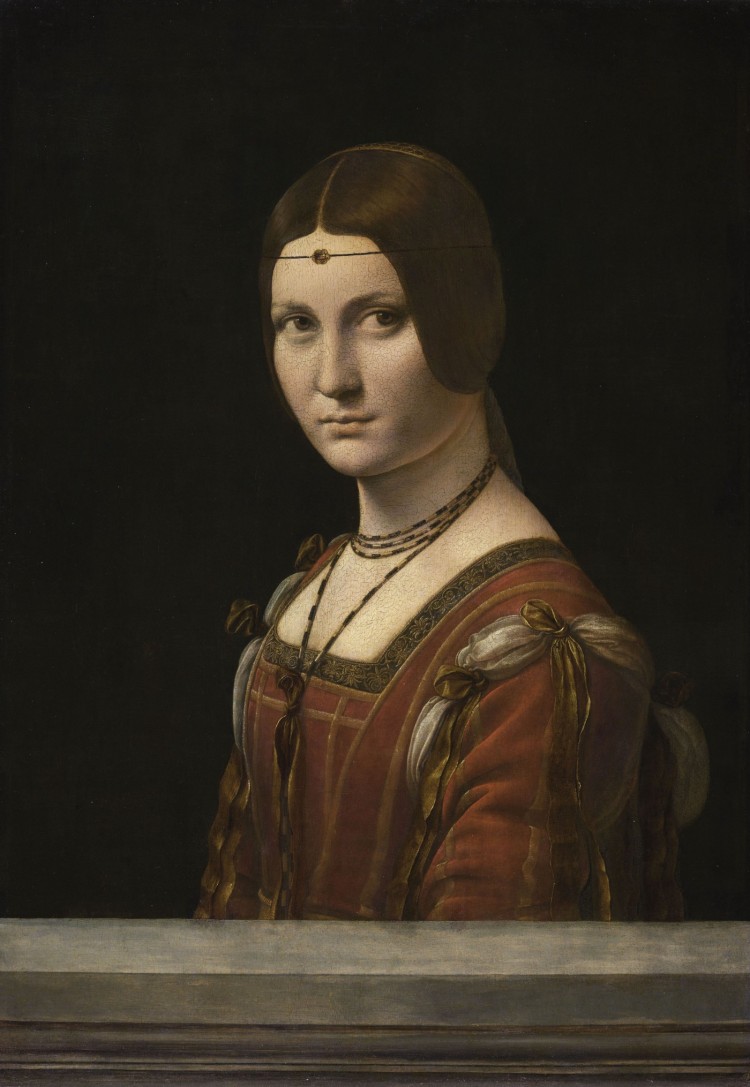Because Da Vinci painted beyond La Gioconda.

Some artists are irremediably linked to a painting, maybe two, and sometimes even three. They are communicating vessels, a flash in mind in the form of an image evoked every time we hear their names.
It happens to El Bosco and his The Garden of Earthly Delights. Something similar happens with Girl with a Pearl Earring and its author, Johannes Vermeer. These two cases illustrate how intimately linked author and work are in the collective imagination, that popular wisdom that makes us know a little of everything and that, when it comes to painting, creates these particular associations.
It also happens to Leonardo da Vinci is perhaps the clearest example of the phenomenon we are talking about. Two works come to mind when someone hears his name: La Giocondaand The Last Supper. They are two paintings that the entertainment world has used for countless products (from movies to novels of all kinds), increasing the preponderance of these two works when relating them to their artist even more.
However, Da Vinci is more than those two paintings. For example, the one we have below, known as Le Belle Ferronière, undoubtedly passes as one of his best works despite not enjoying the same fame as the other two.
In this portrait, we can observe a woman placed in a three-quarter position whose face is frontal and establishes eye contact with the artist and, therefore, with the viewer who watches the painting. It can be guessed that she has her hands folded, a classic pose in this type of Renaissance portrait. In addition, in his gesture, we can see a certain innocence but also attention to the person he is observing.
We can see that on her forehead, she wears a small jewel, like a necklace, around her head, which gives personality to the young woman. She undoubtedly belongs to the wealthy class of Milanese society (the picture was painted during Da Vinci’s stay in the Italian city of Milan).
There are small details that explain what was going through Da Vinci’s mind at that time. For example, his interest in optics and in how light worked on objects. If we look at the model’s left cheek, which is the exposed one, we can see slight echoes of red in the curve of the jaw.

It is a reflection of the dress of the same color, an effect that occurs when an intense light falls directly on a colored surface, creating reflections that can permeate nearby objects or, in this case, the face of the young woman.
That dress is another crucial point of the painting. We can observe some bows and gray strips of a vaporous texture. Although it does not reach the virtuosity that Flemish artists would display, Da Vinci’s work with the red cloth is more than remarkable, and its richness in craft is a clear indication of the high social status of the person being portrayed. Also, the necklace, a tailored ribbon, is another added value that reflects his place in the social hierarchy.
Da Vinci’s mastery of using shadows allows La Belle Ferronière to show much more pronounced modeling, thanks to the contrast of the luminous face with a dark background in which nothing is visible. The absence of a landscape or anything behind the model places one hundred percent of the viewer’s attention on the young woman portrayed.
There is an obvious parallel, or echo, between La Gioconda and Lady with an Ermine. However, in the case of this painting, the absence of the technique of sfumato (something that Da Vinci had not begun to explore, or at least to capture in his works) has caused that today the portrait is below in terms of popularity.
